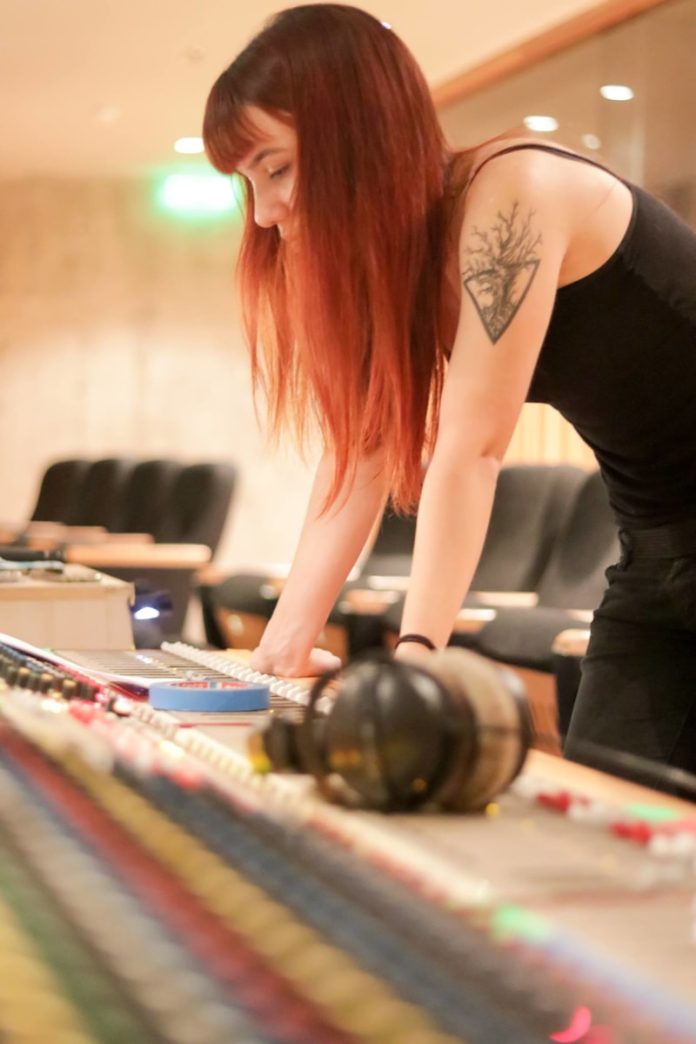When the lights dim and the crowd roars in anticipation, all eyes are on the stage. The lead singer clutches the microphone, the drummer readies the first thunderous beat, and the guitar wails to life. But behind the magic, in the shadows just beyond the spotlight, stands an often-invisible figure who is arguably just as critical to the experience: the live sound engineer.
Though rarely seen by the audience, the sound engineer is the architect of the audio landscape. They translate chaotic inputs—vocals, instruments, ambient noise—into a coherent sonic experience that moves thousands. They are technicians, artists, problem-solvers, and often, the last line of defense against disaster. Their work is not glamorous, but it is essential.
This essay delves into the critical role of sound engineers in live shows, shedding light on their responsibilities, challenges, technical prowess, and the often-unrecognized artistry they bring to every performance.
The Invisible Conductor: What a Live Sound Engineer Actually Does
At first glance, the role of a live sound engineer might seem straightforward: “make the show sound good.” But the reality is far more intricate. A live performance involves a vast network of microphones, instruments, monitors, amplifiers, mixing consoles, and speakers. Each of these elements needs to be finely tuned—not just in isolation, but in harmony.
There are typically two types of sound engineers at a live event:
Front-of-House (FOH) Engineer: This person controls the main mix heard by the audience. They are responsible for balancing levels, applying effects, and ensuring clarity across the venue, from the front row to the back balcony.
Monitor Engineer: Working from the side of the stage, the monitor engineer manages what the musicians hear through their in-ear monitors or wedge speakers. Each band member may require a completely different mix, tailored to their instrument and performance needs.
A mistake in either role can derail an entire show. Too much reverb, a late microphone cue, or feedback squeal can shatter immersion. Great sound engineers avoid these pitfalls not through luck, but through rigorous preparation, real-time decision-making, and a deep understanding of both technology and music.
Pre-Show Preparation: Building the Sonic Foundation
Hours before the first ticket-holder enters the venue, the sound engineer is already hard at work. Load-in days are long and detail-heavy. Engineers start by inspecting the sound system provided by the venue or rental company: verifying the integrity of cables, tuning the PA system to suit the room’s acoustics, and setting up microphones and direct inputs for each performer.
One of the most crucial steps is the line check, where every signal—each mic, each guitar, each trigger pad—is tested to ensure it’s being properly captured and routed. This is followed by the soundcheck, a collaborative process between engineer and band where initial mix levels are set, EQ adjustments are made, and monitor mixes are personalized.
These steps are both technical and psychological. A good sound engineer communicates clearly with musicians, listens to their concerns, and earns their trust. It’s about more than knobs and sliders—it’s about creating an environment where artists feel safe to perform at their best.
The Live Show: Orchestrating Chaos in Real Time
Once the house lights go down, the sound engineer enters a state of controlled chaos. They are constantly responding—to changes in crowd size (which affect room acoustics), to microphone proximity shifts, to unexpected gear malfunctions. Unlike in a studio, there’s no “pause” button.
Great engineers mix dynamically, riding the faders like an instrument. When the lead guitarist steps up for a solo, their volume gets a slight boost. When the singer backs off the mic to whisper a lyric, compression or gain may be adjusted on the fly. These changes happen in milliseconds, often intuitively.
Live mixing is part science, part instinct. A sound engineer needs to understand the physics of sound, the nuances of musical genres, and the preferences of performers, all while being attuned to the mood of the audience.
The Technology Arsenal: Tools of the Trade
Modern live sound engineering is a marriage of analog skill and digital precision. At the center is the mixing console, which can have anywhere from 16 to over 100 channels, each with independent EQ, gain, effects sends, and routing options. Many engineers now work with digital consoles that allow for presets, automation, and remote control via tablets.
Other essential tools include:
Outboard gear: Compressors, gates, reverb units, and delays—either physical or plugin-based—are used to sculpt the sonic environment.
Wireless systems: In-ear monitors, instrument packs, and handheld mics all require RF coordination to avoid frequency clashes.
Real-time analysis software: Engineers use RTA (real-time analyzers) to identify problem frequencies and manage room dynamics.
Yet, despite the technology, the greatest tool a sound engineer possesses is their ear. Experience teaches them how to distinguish between a harsh frequency at 3.2kHz versus 4kHz, or to anticipate a cymbal wash overwhelming vocals in a certain venue.
Troubleshooting Under Pressure: The High-Stakes Puzzle
Live sound engineering is not for the faint of heart. Things will go wrong. Microphones fail. Power surges happen. The bass player steps on a cable, the lead vocalist drops their wireless mic into a pint of beer. In those moments, all eyes (and ears) turn to the sound booth.
Engineers must think like detectives. Is the issue electrical, mechanical, or digital? Is it isolated or systemic? And can it be fixed without stopping the show?
In many cases, the audience is blissfully unaware that a major crisis was narrowly averted—because the engineer handled it in real time, seamlessly, and silently. This combination of technical expertise and calm under pressure is what separates a novice from a seasoned professional.
Artistry in the Shadows: The Creative Side of Engineering
Although often seen as a technical role, sound engineering is deeply creative. A good engineer doesn’t just make sound “loud enough”—they make it expressive. They create texture with effects, depth with stereo imaging, and emotion with dynamics.
In collaboration with the artist, a sound engineer helps deliver the vision of the music. They can elevate an average performance into a transcendent one simply by how they shape the mix. In genres like jazz or electronic music, the engineer may even function like a fifth band member, using effects and EQ to “play” the mix alongside the musicians.
Recognition and Respect: Changing Perceptions
Despite their pivotal role, sound engineers are often under-credited and underpaid. Many work freelance, jumping from venue to venue with little job security. Yet, without them, live music as we know it wouldn’t exist.
There is a growing movement within the industry—particularly post-pandemic—to acknowledge and celebrate technical crew members. Artists are increasingly giving shoutouts to their engineers during shows. Festivals are investing in better working conditions for tech staff. And education platforms are offering more resources to develop the next generation of audio professionals.
The tide is turning, albeit slowly. The more audiences and artists understand what goes on behind the board, the more respect these sonic stewards will receive.


